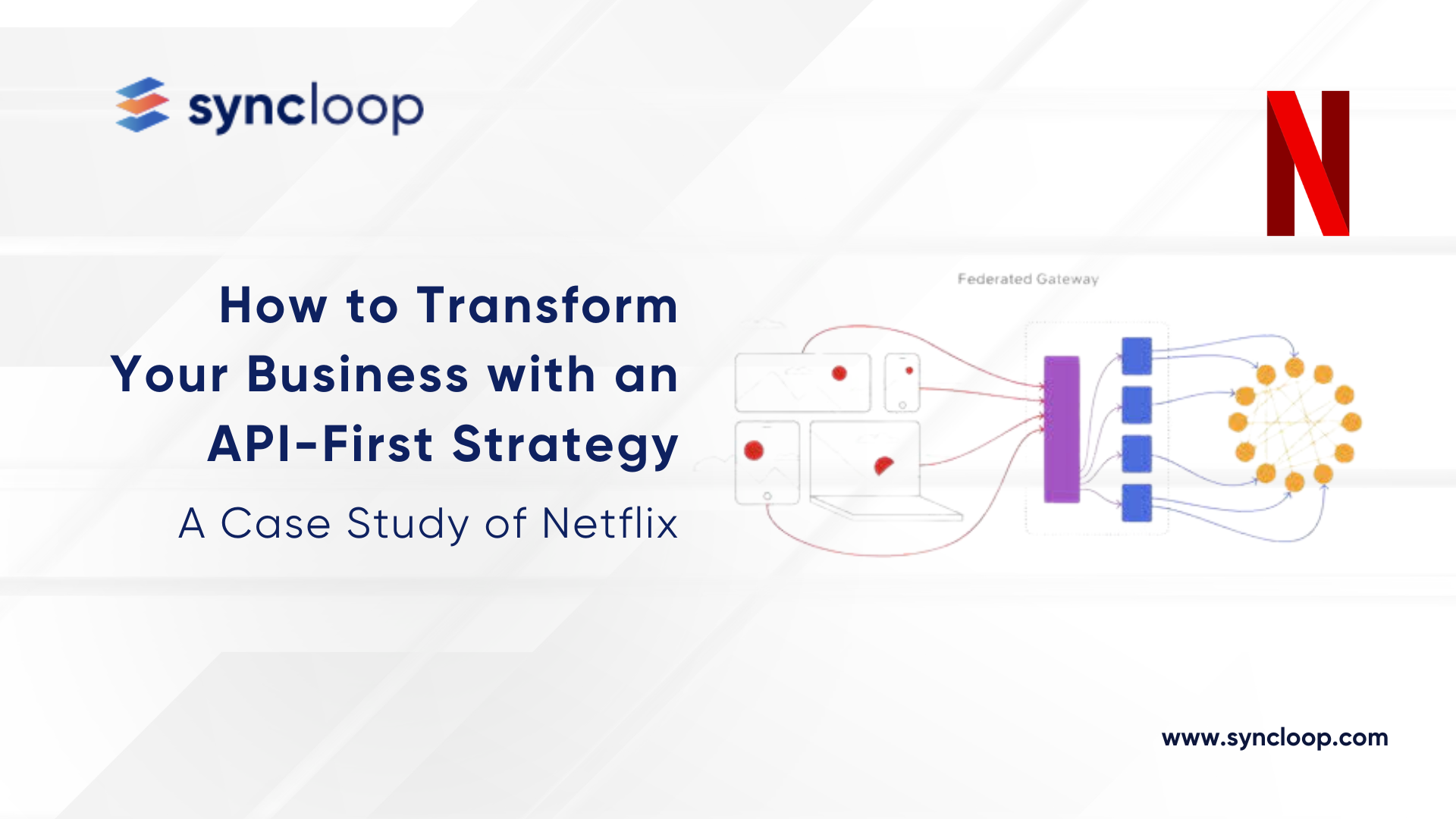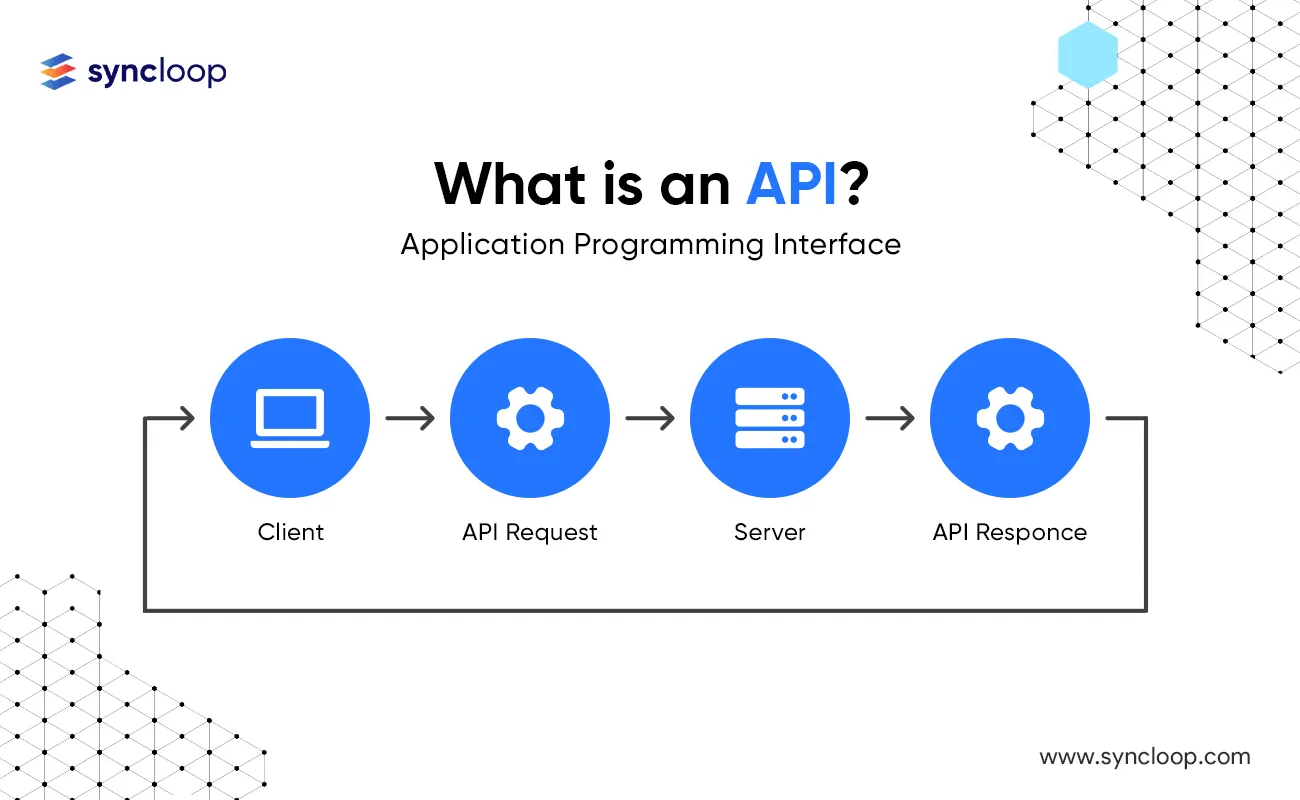How to Transform Your Business with an API-First Strategy: A Case Study of Netflix
Posted by: Deepak | May 11, 2024

Categories: Microservices Architecture, Digital Transformation, Netflix Case Study
In today's digital age, agility, scalability, and a focus on user experience are paramount for business success. Enter the API-first approach, a development philosophy that prioritizes APIs (Application Programming Interfaces) as the foundation for building interconnected applications and services. This blog delves into the transformative power of API-first, exploring its core principles and benefits. We'll showcase a compelling case study – Netflix – and demonstrate how an API-first strategy propelled them to become a global entertainment powerhouse. Finally, we'll explore the latest tools and technologies that can empower you to implement an API-first approach within your organization.
Core Principles of an API-First Strategy
An API-first strategy revolves around several key principles:
- API-Centric Design: APIs become the primary method of communication within your system and with external partners. Data and functionalities are exposed through well-defined APIs, promoting loose coupling and reusability.
- Focus on Developer Experience: Prioritize creating user-friendly, well-documented APIs that are easy for developers to understand and integrate with. This encourages adoption and fosters a vibrant developer ecosystem.
- Microservices Architecture: Break down large applications into smaller, independent microservices that can be developed, deployed, and scaled independently. APIs act as the communication layer between these microservices.
- Continuous Integration and Delivery (CI/CD): Automate API development, testing, and deployment processes to ensure rapid iteration, efficient updates, and a reliable API delivery pipeline.
Statistics highlight the growing adoption of API-first strategies. A 2023 report by Apigee reveals that 67% of organizations are either already using or planning to adopt an API-first approach. This signifies the recognition of its potential to drive business agility and innovation.
The Netflix Case Study: API-First Success Story
Netflix is a prime example of how an API-first strategy can transform a business. Initially a DVD rental company, Netflix pivoted to online streaming and quickly rose to dominance. A significant factor contributing to their success? Their robust and comprehensive API infrastructure.
Here's how Netflix leveraged APIs:
- Content Delivery: Netflix utilized APIs to integrate with various content providers, enabling them to offer a vast library of movies and shows on their platform.
- Device Integration: APIs facilitated seamless integration with a wide range of devices like smart TVs, gaming consoles, and mobile phones, expanding their reach to a broader audience.
- Personalized Recommendations: Netflix's recommendation engine relies heavily on APIs to access user data, viewing history, and ratings, allowing for personalized content suggestions and a more engaging user experience.
The impact of their API-first approach has been phenomenal. Netflix boasts over 220 million subscribers worldwide, a testament to the scalability and user experience fostered by their API strategy.
Benefits of an API-First Approach for Your Business
Beyond the Netflix success story, API-first offers numerous benefits across industries:
- Faster Time-to-Market: APIs enable rapid development and deployment of new features and functionalities, allowing businesses to respond quickly to market changes and customer needs.
- Enhanced Agility and Scalability: Microservices architecture facilitates easier scaling to accommodate growing user bases and traffic volumes. APIs enable integration with external services, expanding capabilities without significant infrastructure investments.
- Improved Developer Experience: Well-designed APIs attract developers and partners, fostering a vibrant ecosystem around your platform and accelerating innovation.
- Increased Revenue Streams: APIs can open up new revenue opportunities through monetization models like subscription fees, pay-per-use pricing, or data access charges.
Latest Tools and Technologies for API-First Development
The API development landscape offers cutting-edge tools to streamline API-first implementation:
- Faster Time-to-Market: APIs enable rapid development and deployment of new features and functionalities, allowing businesses to respond quickly to market changes and customer needs.
- API Design Tools: Tools like Syncloop, Swagger and OpenAPI allow for collaborative design and documentation of APIs, ensuring consistent and well-defined interfaces.
- API Management Platforms: Platforms like Syncloop, Apigee, and AWS API Gateway provide comprehensive solutions for managing API lifecycles, including security, versioning, analytics, and developer portals.
- Microservices Frameworks: Frameworks like Spring Boot and Dropwizard offer building blocks for developing and deploying microservices efficiently, fostering API-centric development.
- API Testing Tools: Tools like Syncloop, Postman and SoapUI enable thorough API testing, ensuring functionality, performance, and security before deployment.
Considerations and Potential Challenges
While API-first offers significant benefits, there are also some considerations to keep in mind:
- Increased Development Complexity: Designing and managing a complex API ecosystem can require more upfront effort and skilled personnel.
- Shifting Development Culture: Transitioning to an API-first approach might necessitate a cultural shift within your organization, fostering collaboration between developers and other teams.
- Security Concerns: APIs can introduce new security vulnerabilities if not properly managed. Implementing robust authentication, authorization, and encryption measures is crucial.
Conclusion
The Netflix story serves as a powerful testament to the transformative potential of an API-first strategy. By prioritizing APIs as the building blocks of your digital ecosystem, you can unlock a multitude of benefits for your business, from faster innovation and improved user experience to increased agility and new revenue streams. By leveraging the latest tools and technologies, and carefully considering the challenges involved, you can successfully implement an API-first approach within your organization.
Back to Blogs

